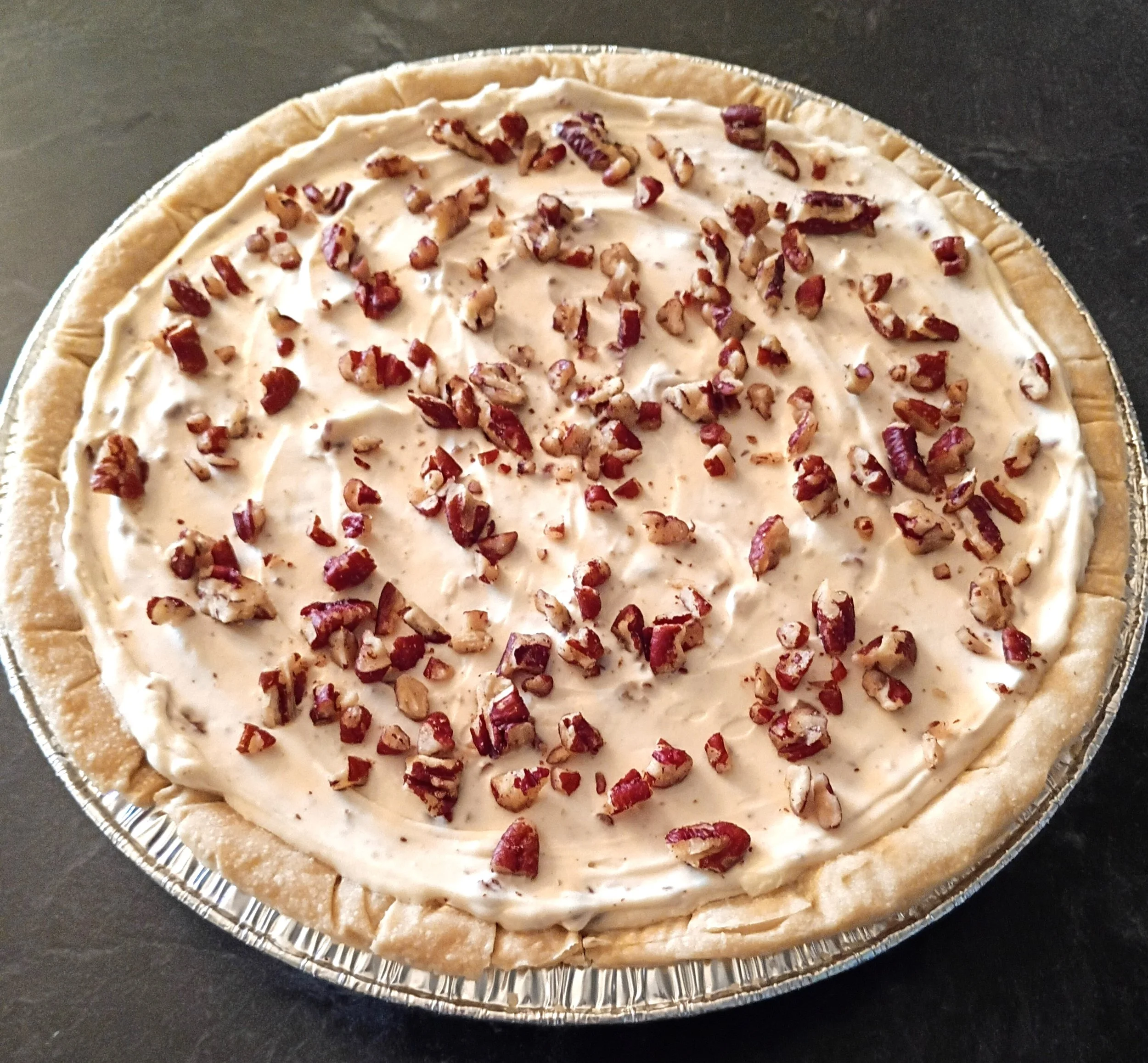This Advent season at Hurstbourne Christian Church, we invite you into a journey that looks at the Christmas story through an unexpected lens. Our new sermon series, A Hero Comes, explores how the themes we love in superhero stories echo the deeper, truer story of Jesus’ birth. In every great hero tale, we find longing, sacrifice, courage, community, and the triumph of light over darkness. Advent tells that story in its most powerful form.
Together, we will reflect on how the coming of Christ fulfills our deepest hopes and shows us what real heroism looks like.
November 30 — Hope: The Promise of a Hero (Isaiah 9:2–7)
Every hero story begins with a promise. When the world feels dark and people feel forgotten, a spark of hope breaks in. Isaiah gives us that promise of a coming hero, one who will bring light, justice, and peace. This Sunday we begin Advent by remembering that God has not forgotten us. Hope is already on the way.
December 7 — Peace: The Power of Sacrifice (Philippians 2:5–11)
Heroes do not gain their power by lifting themselves up but by giving themselves away. Paul reminds us that Jesus chose humility, service, and obedience, even to the point of death. His sacrifice brings a peace the world cannot give. This week we explore how Christ’s example calls us to a different way of living.
December 14 — Joy: The Strength of Community (Luke 2:8–14 )
No hero stands alone. The angels announce great joy to a community of shepherds, and they respond together. Joy grows when we share it. As we prepare for Christmas, we celebrate the way God gathers us into a community shaped by grace, belonging, and good news.
December 21 — Christmas Cantata: Festival Of Christmas
Join us for a morning of music as our choir presents a cantata celebrating the story of Christ’s birth. It is a beautiful way to experience the joy and wonder of the season.
December 24 — Christmas Eve: A Hero Has Come (Luke 2:1–8)
On Christmas Eve, we gather to celebrate the moment the true hero enters the world. Not with capes or grand entrances, but in a manger. The child born in Bethlehem is God’s answer to every longing we carry. Come share in the candlelight service as we welcome the hero who brings hope, peace, joy, and love to all.
We hope you will join us throughout Advent as we prepare our hearts for the coming of Christ, the hero who changes everything.

